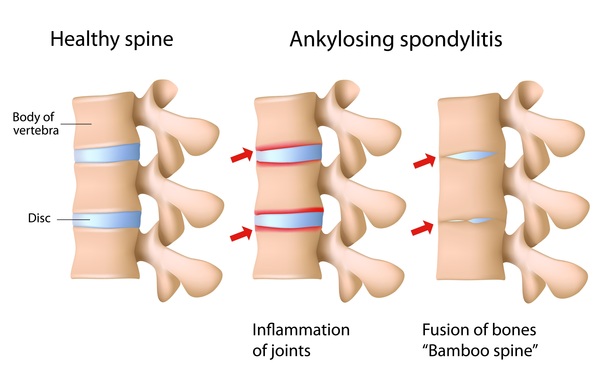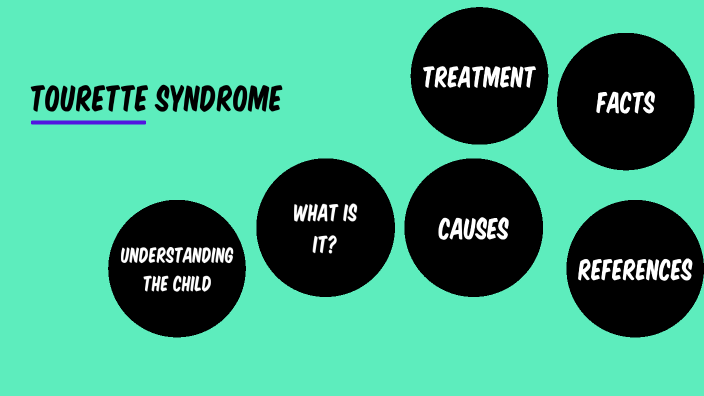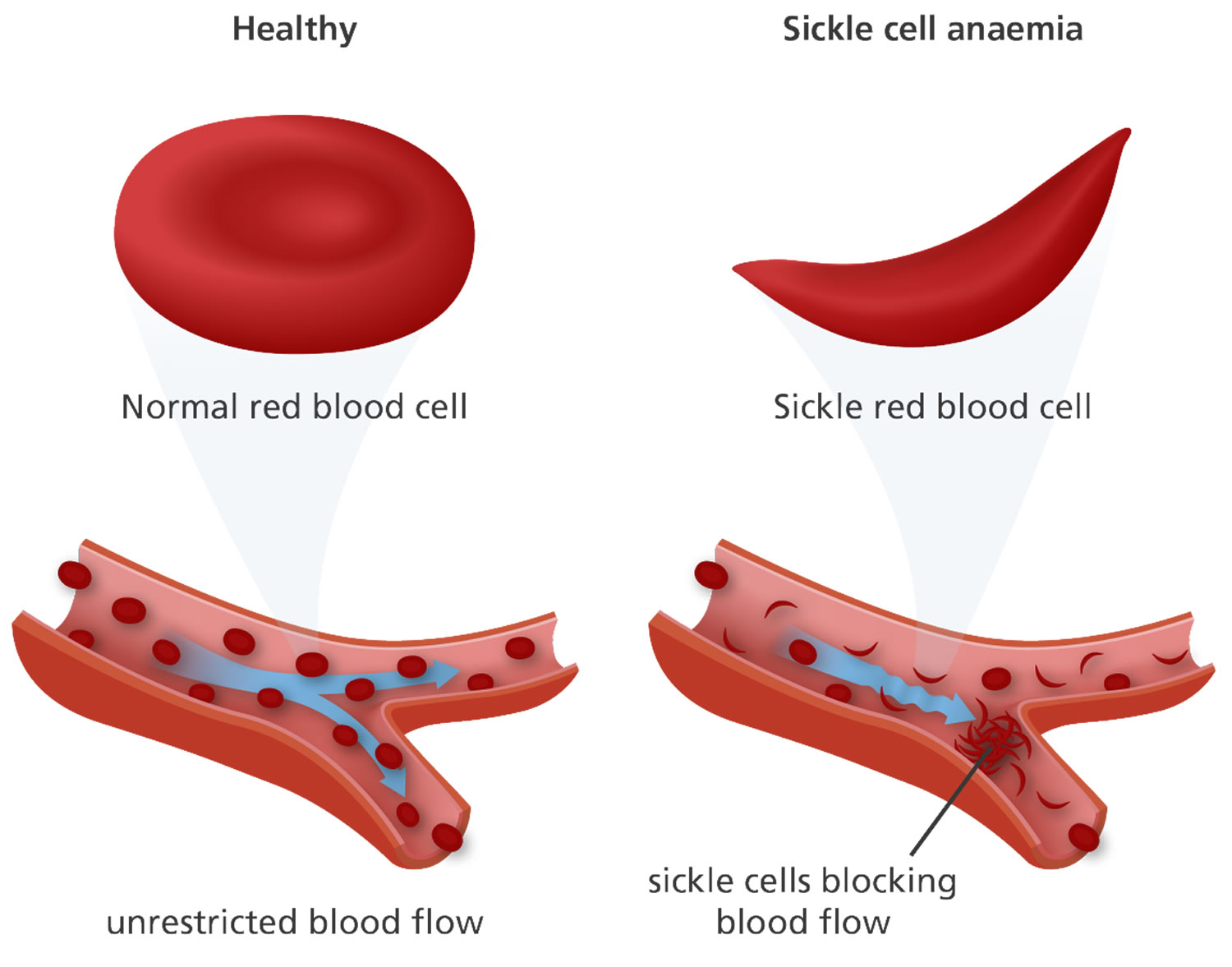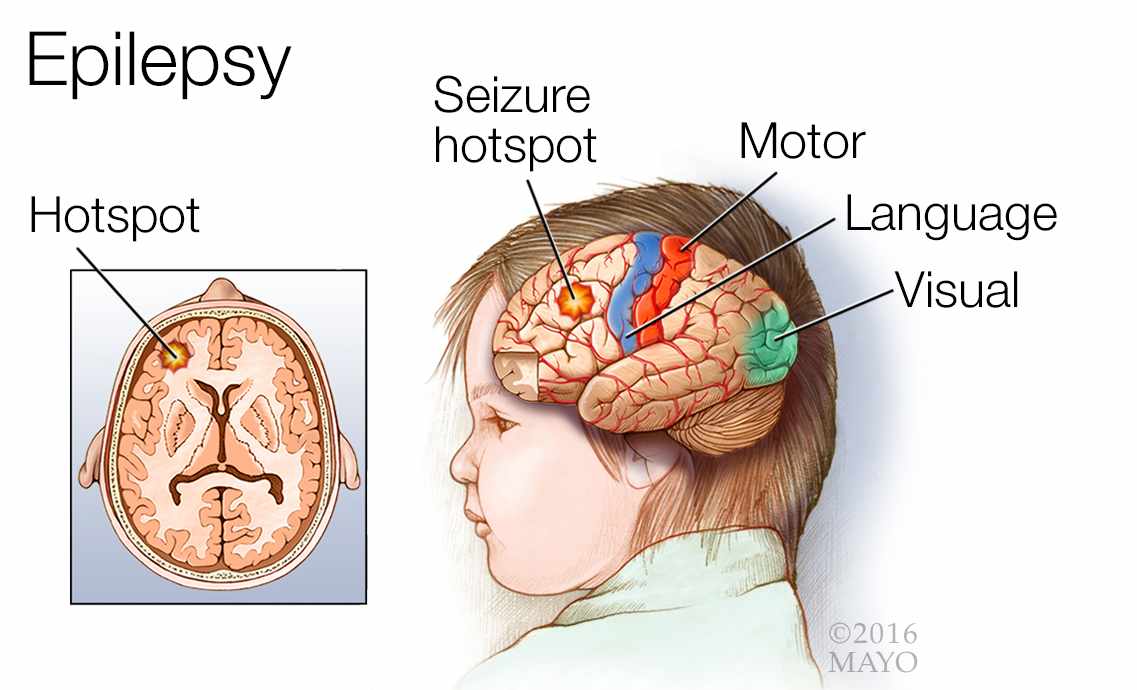Nursing Paper Example on Breast Cancer: Understanding, Detecting, and Treating
Nursing Paper Example on Breast Cancer: Understanding, Detecting, and Treating
Causes
The development of breast cancer is influenced by a combination of genetic, hormonal, lifestyle, and environmental factors. Genetic mutations, particularly in genes such as BRCA1 and BRCA2, play a significant role in increasing susceptibility to breast cancer. These mutations can be inherited from one’s parents or occur spontaneously.
Hormonal influences also contribute to the development of breast cancer. Prolonged exposure to estrogen, either through early menstruation, late menopause, or hormone replacement therapy, can increase the risk of developing breast cancer. Conversely, factors that decrease estrogen exposure, such as early childbirth or breastfeeding, can lower the risk.
Lifestyle choices, including diet, exercise, alcohol consumption, and smoking, can impact breast cancer risk. A diet high in saturated fats and low in fruits and vegetables may increase the risk, while regular physical activity and a healthy diet rich in antioxidants may reduce the risk.
Environmental factors, such as exposure to radiation, certain chemicals (e.g., polycyclic aromatic hydrocarbons), and endocrine-disrupting compounds (e.g., bisphenol A), can also influence breast cancer risk. Additionally, factors like socioeconomic status and access to healthcare can affect screening rates and timely diagnosis, impacting treatment outcomes.
Moreover, age and gender are significant risk factors, as breast cancer predominantly affects women and the risk increases with age. However, men can also develop breast cancer, albeit at a much lower rate.
In summary, breast cancer is a multifactorial disease with various contributing factors. Genetic mutations, hormonal influences, lifestyle choices, environmental exposures, age, gender, and socioeconomic factors all play a role in shaping an individual’s risk of developing breast cancer. Understanding these factors is essential in implementing effective prevention strategies and personalized treatment approaches for individuals at risk or affected by this disease. (Nursing Paper Example on Breast Cancer: Understanding, Detecting, and Treating)
Signs and Symptoms
Recognizing the signs and symptoms of breast cancer is crucial for early detection and prompt treatment. While some symptoms may be subtle or go unnoticed, others can be more pronounced and indicative of underlying malignancy.

The most common sign of breast cancer is the presence of a lump or mass in the breast tissue. These lumps may feel firm, irregular in shape, and may or may not be painful. However, not all breast lumps are cancerous, and benign conditions such as fibroadenomas or cysts can also cause lumps.
Changes in breast size or shape can also be indicative of breast cancer. This may manifest as asymmetry between the breasts or noticeable changes in contour.
Nipple abnormalities are another potential sign of breast cancer. These may include nipple discharge, especially if it is bloody or occurs spontaneously, as well as changes in nipple appearance such as inversion or retraction.
Skin changes on the breast can also signal the presence of breast cancer. These changes may include redness, swelling, dimpling, or thickening of the skin, often described as resembling the texture of an orange peel.
Breast pain is a less common symptom of breast cancer but can still occur. It is important to note that breast pain is more commonly associated with benign conditions such as mastitis or fibrocystic changes, but persistent or unexplained pain should be evaluated by a healthcare professional.
In some cases, breast cancer may spread to nearby lymph nodes, causing swelling or enlargement in the underarm or collarbone area.
Overall, being vigilant and aware of these signs and symptoms is crucial for early detection and timely intervention, which can significantly improve treatment outcomes and survival rates for individuals diagnosed with breast cancer. Regular self-exams, clinical breast exams, and mammography screenings are important tools in detecting breast cancer at an early, more treatable stage. (Nursing Paper Example on Breast Cancer: Understanding, Detecting, and Treating)
Etiology
Pathophysiology
Breast cancer pathophysiology involves a series of complex molecular and cellular changes that drive the progression from normal breast tissue to malignant tumors. Understanding these underlying mechanisms is crucial for developing targeted therapies and improving treatment outcomes for patients with breast cancer.
The development of breast cancer often begins with genetic mutations that disrupt the normal regulatory mechanisms controlling cell growth and proliferation. Mutations in genes such as BRCA1, BRCA2, TP53, and PTEN can impair DNA repair processes, leading to the accumulation of genetic alterations and the initiation of oncogenic pathways.
These genetic alterations can lead to the dysregulation of key signaling pathways involved in cell growth and survival, such as the PI3K/AKT/mTOR pathway and the RAS/RAF/MEK/ERK pathway. Dysregulated signaling pathways promote uncontrolled cell proliferation, inhibit apoptosis, and enhance cellular invasion and metastasis, contributing to tumor growth and progression.
In addition to genetic mutations, epigenetic alterations, such as DNA methylation and histone modifications, can also play a role in breast cancer pathophysiology. These epigenetic changes can alter gene expression patterns and contribute to the development and progression of breast cancer.
The tumor microenvironment also plays a critical role in breast cancer pathophysiology. Stromal cells, immune cells, and extracellular matrix components interact with cancer cells to create a supportive niche that promotes tumor growth, invasion, and metastasis. Inflammatory cytokines, growth factors, and angiogenic factors secreted by tumor and stromal cells further contribute to tumor progression and treatment resistance.
Overall, breast cancer pathophysiology is characterized by a complex interplay of genetic, epigenetic, and microenvironmental factors that drive tumor growth, invasion, and metastasis. Understanding these underlying mechanisms is essential for developing effective targeted therapies and improving treatment outcomes for patients with breast cancer. (Nursing Paper Example on Breast Cancer: Understanding, Detecting, and Treating)
DMS-5 Diagnosis
It’s important to note that breast cancer is not classified or diagnosed using the Diagnostic and Statistical Manual of Mental Disorders, Fifth Edition (DSM-5), as it is not a mental disorder. Instead, breast cancer diagnosis relies on a combination of clinical evaluation, imaging studies, and pathological analysis.
The diagnostic process typically begins with a comprehensive physical examination, including a thorough breast examination by a healthcare provider. During the examination, the healthcare provider assesses for any signs or symptoms of breast cancer, such as lumps, changes in breast size or shape, nipple abnormalities, or skin changes.
Following the physical examination, imaging studies may be performed to further evaluate suspicious findings. Mammography is the primary imaging modality used for breast cancer screening and diagnosis, as it can detect abnormalities such as masses, calcifications, or architectural distortions within the breast tissue.
If imaging studies reveal suspicious findings, a biopsy may be recommended to obtain tissue samples for pathological analysis. Various biopsy techniques, including core needle biopsy and surgical biopsy, may be used to collect tissue samples from the breast lesion.
Pathological analysis of the biopsy samples, conducted by a pathologist, provides definitive confirmation of breast cancer diagnosis. The samples are examined under a microscope to assess the presence of cancer cells, their characteristics, and other relevant pathological features.
Once breast cancer is diagnosed, further testing may be performed to determine the extent of the disease, known as staging. Staging helps guide treatment decisions and prognosis by assessing the size of the tumor, lymph node involvement, and the presence of distant metastases.
In summary, breast cancer diagnosis relies on a comprehensive evaluation, including physical examination, imaging studies, and pathological analysis of tissue samples. While the DSM-5 does not play a role in breast cancer diagnosis, a multidisciplinary approach involving healthcare providers, radiologists, and pathologists is essential for accurate diagnosis and appropriate management of this disease. (Nursing Paper Example on Breast Cancer: Understanding, Detecting, and Treating)
Treatment Regimens and Patient Education
Effective management of breast cancer involves a multidisciplinary approach tailored to each patient’s specific characteristics, including tumor type, stage, hormone receptor status, and overall health. Treatment regimens typically consist of a combination of surgery, chemotherapy, radiation therapy, hormone therapy, and targeted therapy.
Surgery: Surgery is often the primary treatment for localized breast cancer and may involve either breast-conserving surgery (lumpectomy) or mastectomy. The choice of surgical procedure depends on factors such as tumor size, location, and patient preference.
Chemotherapy: Chemotherapy may be recommended to shrink tumors before surgery (neoadjuvant therapy), eliminate residual cancer cells after surgery (adjuvant therapy), or treat metastatic disease. Chemotherapy drugs are administered either intravenously or orally and work by targeting rapidly dividing cancer cells throughout the body.
Radiation Therapy: Radiation therapy uses high-energy beams to destroy cancer cells and shrink tumors. It is commonly used after breast-conserving surgery to reduce the risk of local recurrence and may also be used in certain cases of mastectomy.
Hormone Therapy: Hormone therapy, also known as endocrine therapy, targets hormone receptor-positive breast cancer by blocking the effects of estrogen or reducing its production in the body. This treatment is typically prescribed for patients whose tumors express hormone receptors (estrogen receptor-positive or progesterone receptor-positive).
Targeted Therapy: Targeted therapy drugs specifically target molecular pathways involved in cancer growth and progression. For example, drugs like trastuzumab (Herceptin) target the HER2 protein in HER2-positive breast cancer, while other targeted therapies may inhibit specific signaling pathways implicated in tumor growth.
In addition to these treatment modalities, patient education plays a crucial role in optimizing treatment outcomes and promoting overall well-being. Patient education encompasses various aspects, including understanding the disease, treatment options, potential side effects, and self-care strategies.
Patients should be informed about the importance of adhering to their treatment plan and attending regular follow-up appointments to monitor treatment response and address any concerns. Additionally, patients should be educated about potential side effects of treatment, such as fatigue, nausea, hair loss, and changes in mood, and strategies to manage these symptoms effectively.
Furthermore, lifestyle modifications, such as maintaining a healthy diet, engaging in regular physical activity, and managing stress, can support overall health and well-being during and after treatment.
Empowering patients with knowledge and resources enables them to actively participate in their care and make informed decisions about their health. Supportive care services, including counseling, support groups, and resources for financial assistance, can also provide valuable support to patients and their families throughout their breast cancer journey. By addressing the physical, emotional, and informational needs of patients, comprehensive patient education contributes to improved treatment outcomes and quality of life. (Nursing Paper Example on Breast Cancer: Understanding, Detecting, and Treating)




:max_bytes(150000):strip_icc()/huntingtons-disease-symptoms-5091956-Final-c6e5d478c42945b593bafa65d9408e23.jpg)
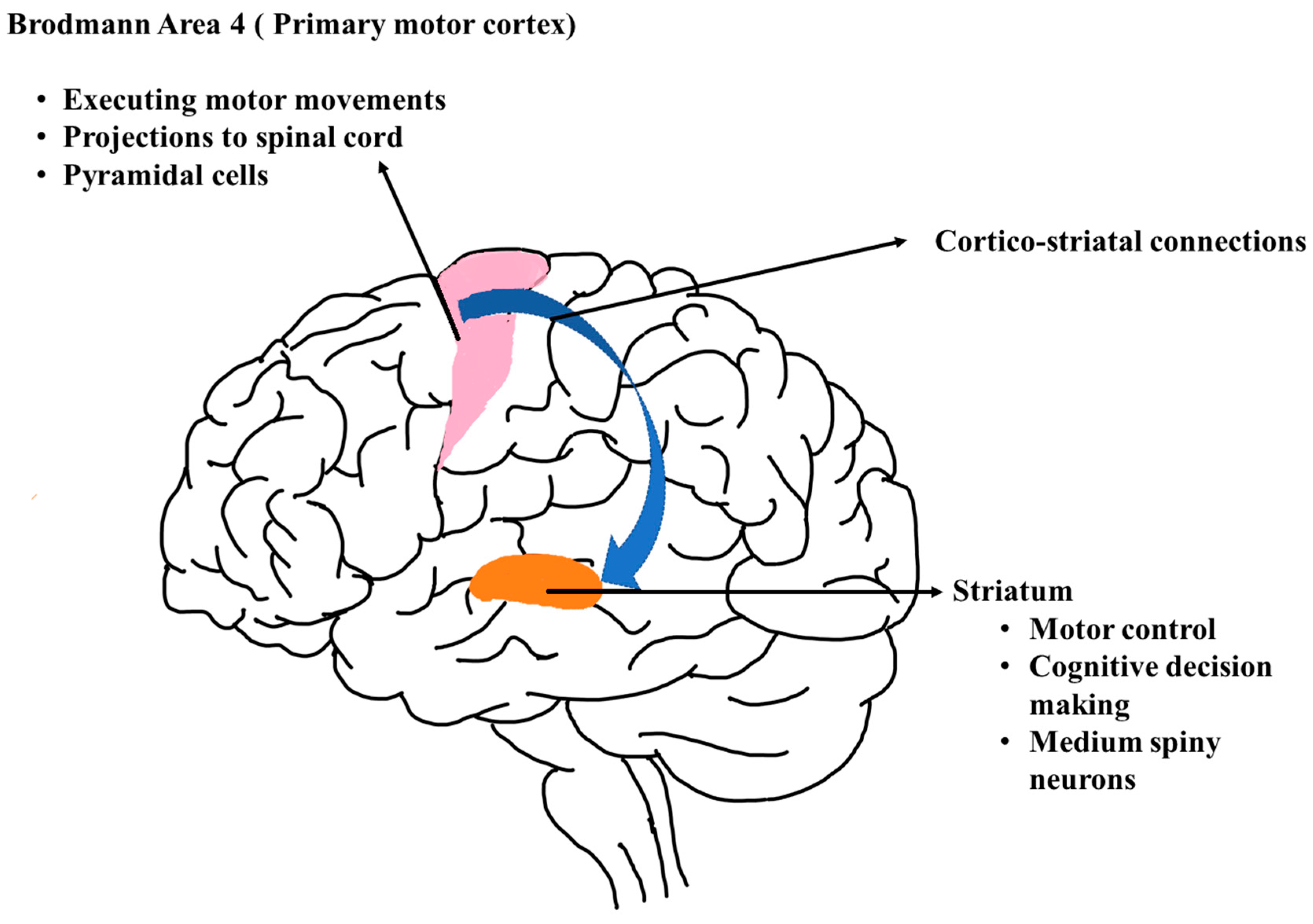
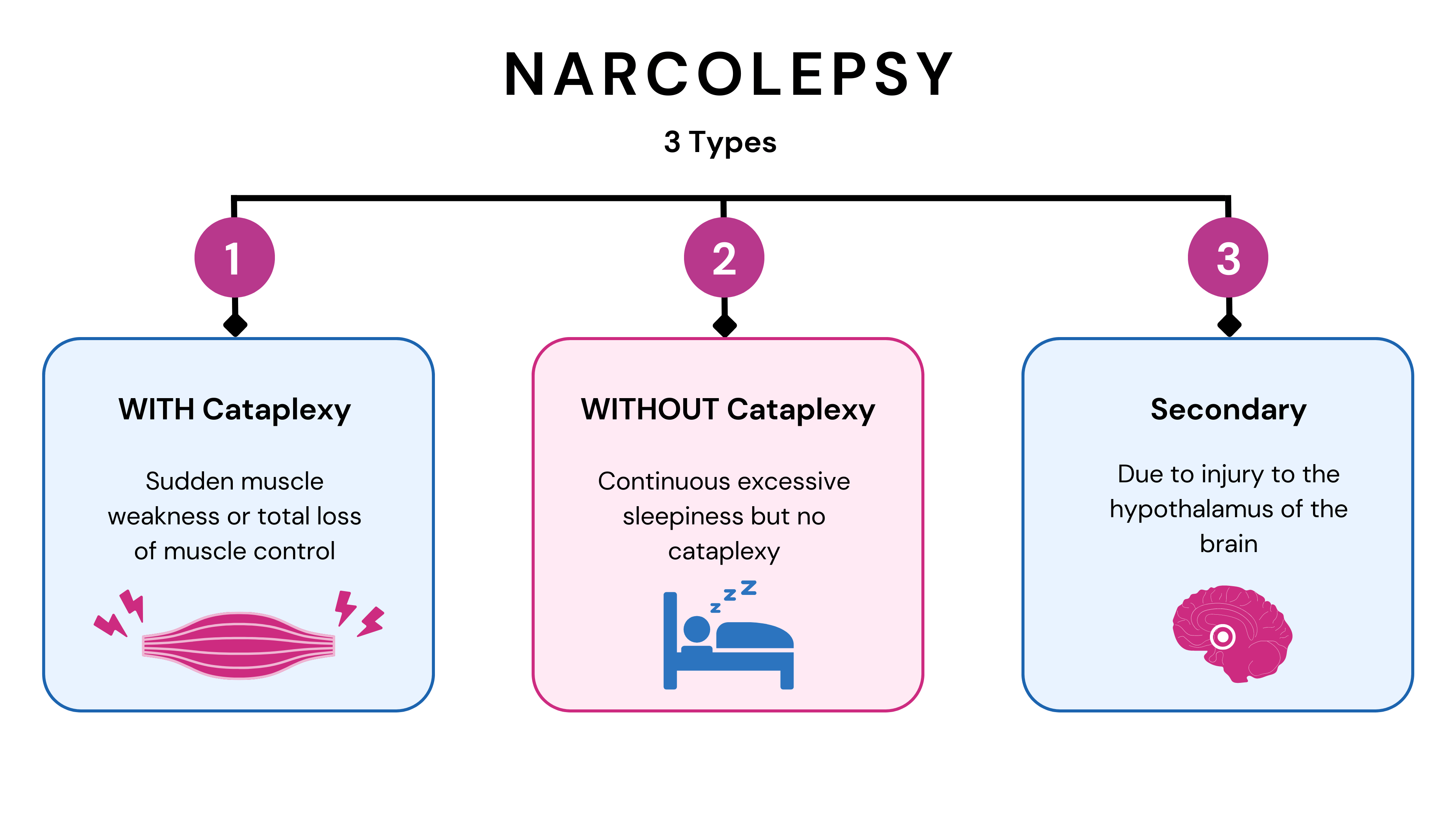




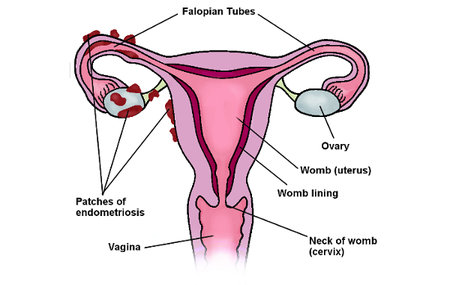 Pathophysiology
Pathophysiology